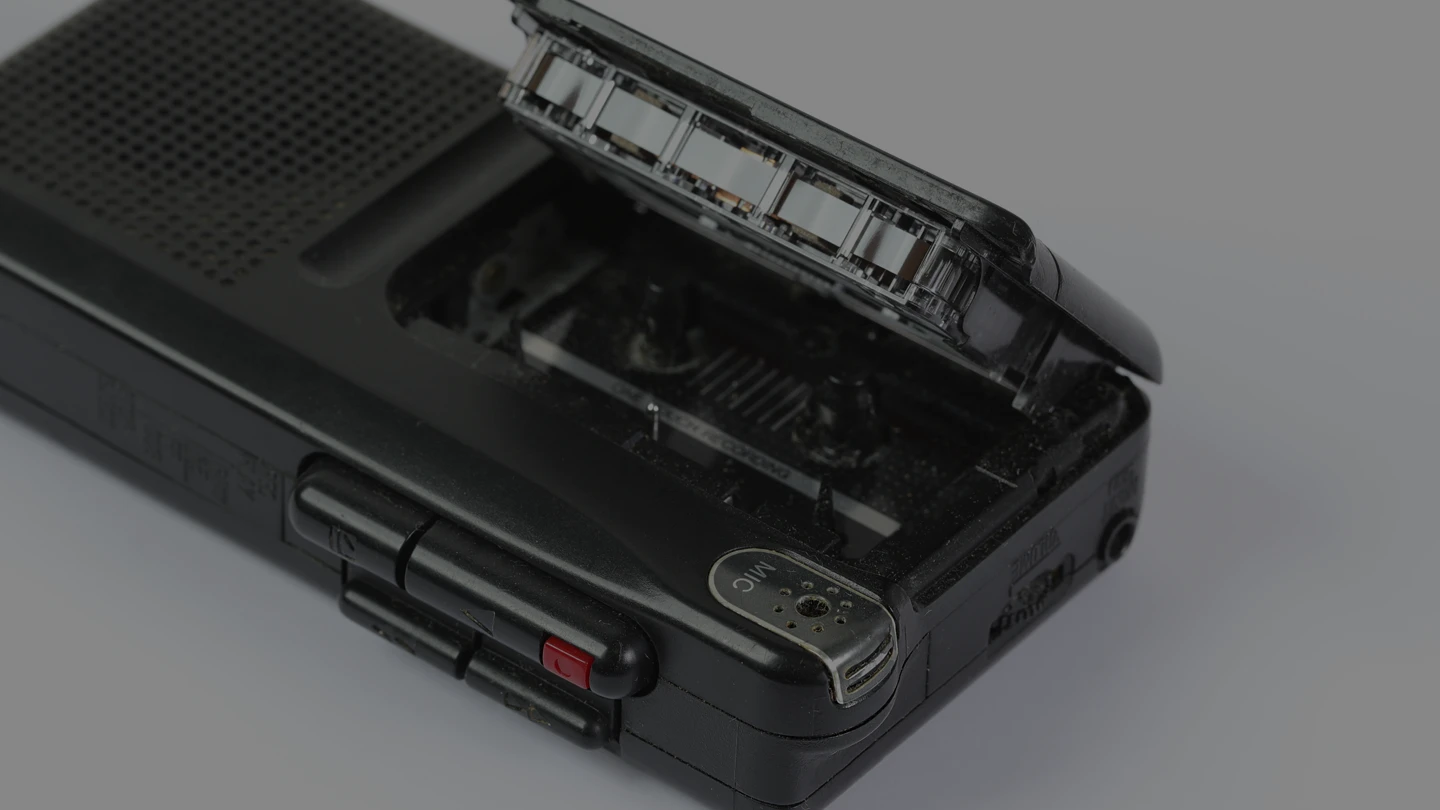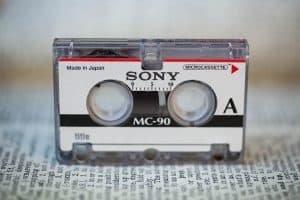
Forensic Analysis of Analog Audio Tape
Enhancing Analog Voice Recordings
Recently, I worked on a case that required forensic audio enhancement of an analog microcassette tape recording. To properly enhance the analog voice recording, I needed to first convert the analog microcassette tape into a digital audio file. A digital audio file also allows the enhancement process to be repeatable to an exact amount. To point out, exactness can be exceedingly difficult in the analog audio environment. Audio forensic enhancement is a scientific process. The methods used must be precise, repeatable, and reproducible, meaning other scientists must repeat the same process one hundred times and obtain the same, similar, or compatible results of the procedure. Additionally, converting the analog microcassette to an uncompressed lossless digital audio file enables the ability to use software tools, which are the best methods currently available and approved by the scientific community.
Suggested Reading:
Before & After Forensic Audio Enhancement Examples
Digitizing
Step one was to examine the tape for any physical characteristics that I should be concerned with. The physical tape was in good condition. Next, I digitized the analog microcassette tape to a digital wave file using a 1/8th inch TRS to ¼ inch TS cable and an analog to digital converter. The output of the recording device connects to the input of the audio interface. To proceed with the voice enhancement, I used an audio recording software to record the playback of the microcassette player into a digital wave file. This audio recovery process allows me to listen critically and then determine the steps needed to forensically enhance and improve the intelligibility of the audio file based on best practices.
Forensic Audio Analysis
When listening critically to the digital recording, I noticed high levels of distortion. As a result, the voices were difficult to understand. I learned that a malfunction caused the distortion during the initial recording process of the conversation. Second, I noticed that the voices in the recording appeared to play at a lower frequency or pitch than what they were supposed to sound like naturally. The unusual lower sound of the voice depends on the amount of power of the batteries inside the microcassette player. In other words, the lower the power in the batteries, the playback speed of the recording device becomes slower, causing the pitch of the voices to sound lower.
Final Thoughts after Voice Enhancement
The amount of distortion within the recording caused most of the conversation to be unintelligible. Luckily, the forensic voice enhancing tools available today have improved in the past decade. A few passes of carefully selected broad-stroke applications, I could start to hear words through the distorted conversation. The conversation consisted of a male and a female. The male had a completely different distortion characteristic and spectrographic display (visual representation of sound) than the distortion of the female voice. This difference meant I had to carefully document and apply separate but specific tools for the male and the female.
In the end, I was thrilled to be able to improve the intelligibility of this damaged audio recording. When enhancing voice recordings, every recording is different from the next one. The distortion characteristics and noise profile interfering with the voices are typically unique. Which require a new specific order of tools to be able to improve the ability to understand what is said. I enjoy this challenge and am always looking forward to helping enhance audio for my clients, analog or digital. If you are in need of forensic audio enhancement services, you can contact me via contact form, phone, as well as email for help with enhancing your audio and video recordings.
